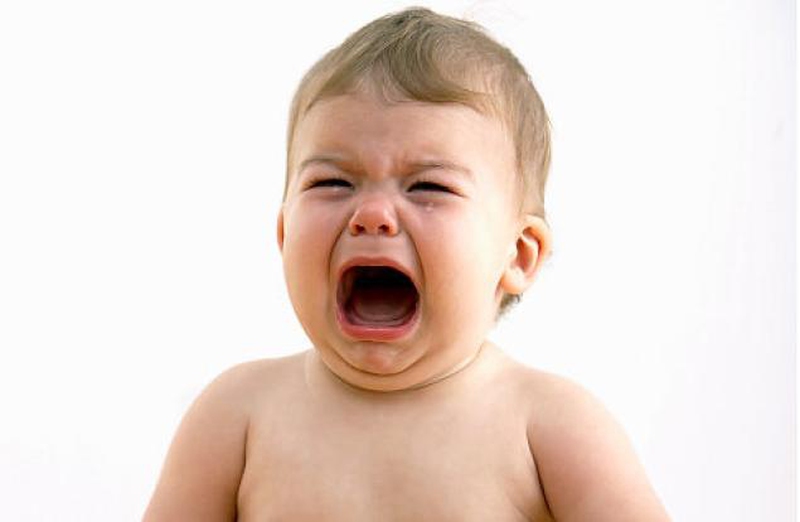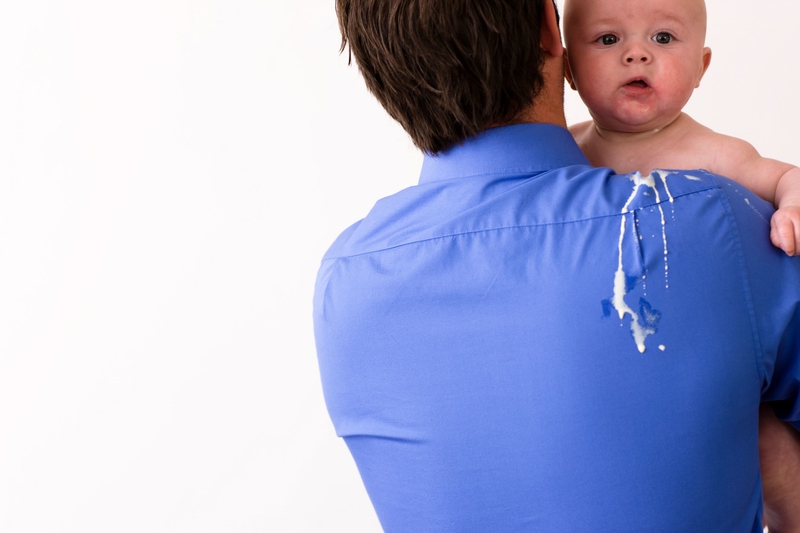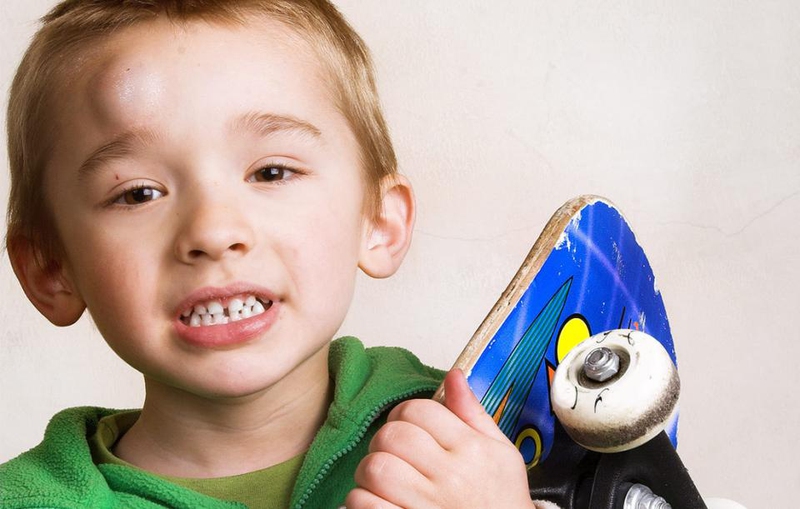Getting bumps and bruises is quite common among infants and toddlers. Their sense of curiosity for the things around, lead them to roll off from couches and beds. Many times, they have a tumble from strollers, chairs, or swings. The best thing you can do in a situation like this, is not to panic! Such falls are quite normal. Baby hit head on floor may get a bump in most cases, but you don’t need to call the doctor right away. Here’s all you need to know about this issue.

What to Do If Your Baby Hits Head on Floor?
Bones of a toddler or infant are softer than the bones of older kids and adults. And soft bones are not easily fractured. That’s why in most of the cases, you don’t have to run for a medical aid.
When there’s no need to worry:
Baby is conscious and playful
Acting properly, just like before
No change of complexion
Sleeps soundly
No dietary change
Next 24 hours after your baby hit head on floor, are very important. You must observe your child to detect any signs of internal injury or concussion.
Signs to Look for While Baby Is Awake
There is a lot to observe in the day time when your baby is awake. Observe the way he walks, crawls, sits, plays and above all check the movements of hands and legs. If everything is fine, there is nothing to worry about. In case you detect any signs of disorientation in movement, that’s alarming and need medical attention.
Changes to Observe while Sleeping
You can witness the signs like drowsiness in your baby after the fall. Some people suggest, ‘don’t let your baby sleep’. But that can be hard to do. So if the baby falls asleep, you better keep a check (after every two hours) on your baby while she is sleeping. Things to check include:
A prominent change in complexion. It may turn from pink to pale or in a more critical state, it could be blue.
There could be symptoms like irregular breathing and gasping while having a deep sleep. (If breathing is normal, the deep sleep should not be mistaken as dizziness).
Jerks in limbs while sleeping
If you have found any of above mentioned symptoms, that means there is something to worry about. Wake the baby up, try to communicate and involve him/her to check the response. If the baby reacts and responds normally, let the baby sleep. But if your motherly instinct finds a sense of unresponsiveness on the part of the baby, call your doctor immediately.
Is There Persistence of Vomiting?
Immediate vomiting after falling can also be the result of stress or trauma. But in case, you observe a prolonged session of vomiting from next 6 to 24 hours, it’s time to get some help. Until the aid arrives, feed the faller with liquids especially mother feed has therapeutic effects.
Obvious Signs that You Should Worry
1. No Breathing!
Call for aid, if your baby is not breathing. Lay her/him on a flat surface. Give her CPR for a couple of minutes, till the help arrives.
2. Bleeding
Bleeding that seems uncontrollable in spite of all kind of pressures applied. Usually you don’t need to worry about a small cut with very minor bleeding.
3. Unconsciousness
When baby is breathing but not responding to anything around him.
4. Continuous Screaming
If your kid is crying or screaming continuously, there is something to worry about.
5. Symptoms of Skull Fracture
If you find a loose and soft area on the scalp, (possibly the place where he banged) that means there is the possibility of skull fracture. Other symptoms related to fracture may include blood from nose or ears, appearance of blood in the white part of eyes, and eyes moving unusually.
6. Concussion
Concussion is a term used for a minor brain injury. Symptoms that signify that he has suffered it are: continuous vomiting, pale complexion, oversleeping, headaches, change in the way of walking or crawling and problems in speech or vision (All these symptoms can appear in the next 24 hours of falling. Be alert!).
What Eyes Indicate?
The back of our eyes is interconnected to the brain. So, the first thing that doctor would check to find any possible evidence of brain swelling is the back of the eyes. Things that doctor would check include:
Any possible signs of diminished vision
Change in the size of pupil
Crossed or rolling eyes
Double or blur vision (in older child only)
When Should You Opt for a Skull X-Ray?
There is no need of skull x-rays except in serious cases of head injuries. It’s better to observe the baby first. Then get some advice from the doctor if necessary. If the symptoms suggest, the doctor might run a CAT scan or various cross-section x-rays to detect any indication of bleeding or swelling on the brain.
How to Treat a Bump
Bumping into things or tumbling down from places can easily cause bumps or goose eggs in toddlers. Sometimes the bumps are scary enough to throw you into a panic. But that does not mean that there is something to worry about. As the baby hit head on floor, the skin bulges out, the reason is the presence of skull right under the skin. There are ways you can try to get rid of that bump.
Make an ice pack by wrapping the ice in some thin towel. Hold it on the bump for about 2 to 5 minutes in an off and on manner. Repeat the process for about an hour (You can try the same with a bag of frozen peas). Baby might feel irritated with this process so you better distract his attention by nursing, reading him some book or with some fun kid’s game on iPad. If you feel that the child is in pain, consult the doctor. He might recommend the dose of ibuprofen or acetaminophen.
Note: Never give a dose of a medication on your own. Especially, Aspirin is a big NO!! It may result in a serious issue like Reye’s syndrome.


View All Comments /Add Comment